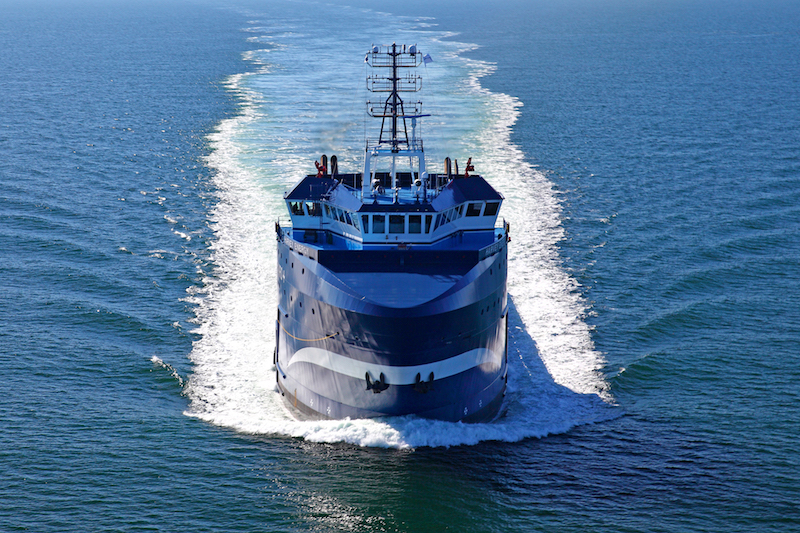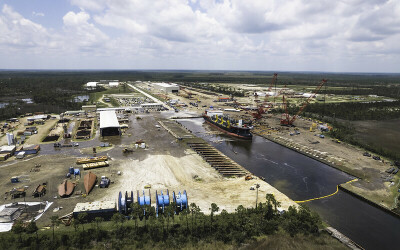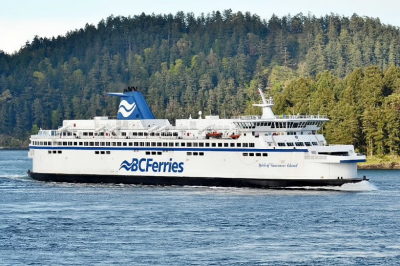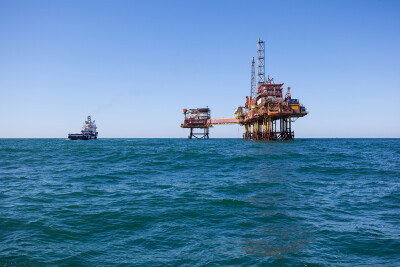When viewed through the lens of the intensifying clamor to mitigate air emissions, Harvey Gulf International Marine could be seen as a visionary.
Since launching its first offshore supply vessel powered by liquefied natural gas (LNG) in 2015, the New Orleans-based company remains alone in providing clean gas-fueled support services in the Gulf of Mexico. Subsequent to the debut of the 302’x64’ Harvey Energy, the nearly 65-year-old company now has five dual-fuel LNG vessels under contract to provide platform support services to deepwater operators. The sister vessels operate out Louisiana’s Port Fourchon, where Harvey Gulf operates a one-of-a-kind fueling dock with 300,000 gals. of LNG capacity, said Chairman and CEO Shane Guidry.
With most of the operators in the Gulf heeding the public and investor outcry to put a lid on greenhouse gas emissions, it would stand to reason that more service and supply companies would have followed Harvey Gulf’s lead. Granted, the offshore sector is only beginning the slow recovery from the worst bust in years, which left much of the Gulf shoreline resembling a parking lot for stacked OSVs. Owing to operators’ cost-cutting strategies and new-generation floater designs, many of those idled vessels also may never return to service in the Gulf, as fewer drilling support vessels will be required on-station going forward.
That said, while strapped vessel owners either have not had the resources or deem it economically prudent to shell out the costs of converting to a dual-fuel LNG power train, the long-term benefits may outweigh the initial costs. Along with helping their operator clients meet self-imposed emission targets, the results of a Congressional Research Service analysis released earlier this year proffered LNG as more cost effective than oil-based products as a maritime fuel. “Recent trends suggest that LNG may be cheaper in the long run than conventional fuels,” the report concluded.
Meanwhile, expectations that more companies would follow Harvey Gulf’s lead drove Energy World USA to propose a common-use bunkering facility at its 143-acre Port Fourchon lease to provide fuel for the next generation of LNG-powered OSVs. The fueling station would be secondary to a planned mid-scale LNG production and export facility. Nearly two years later, however, the twin projects are at a stalemate as Energy World is still bogged down in the pre-filing stage of acquiring the necessary federal permits.





